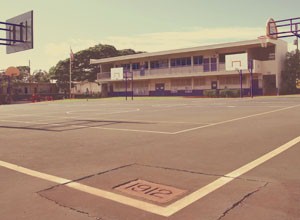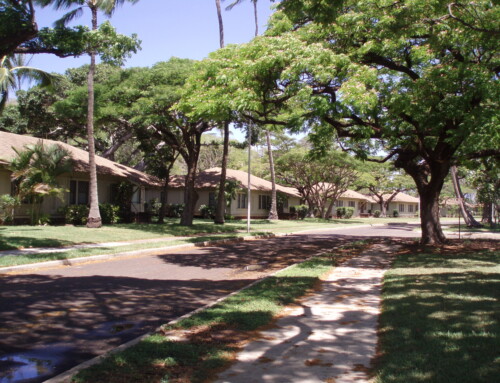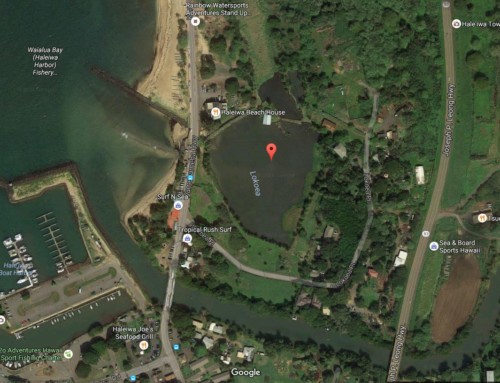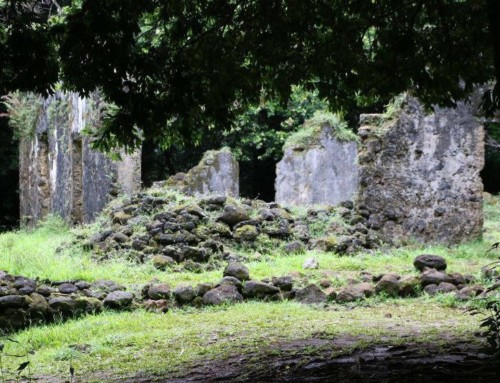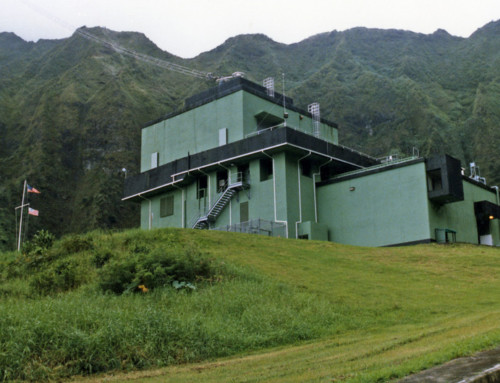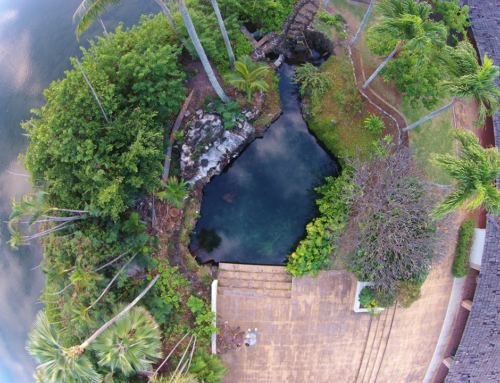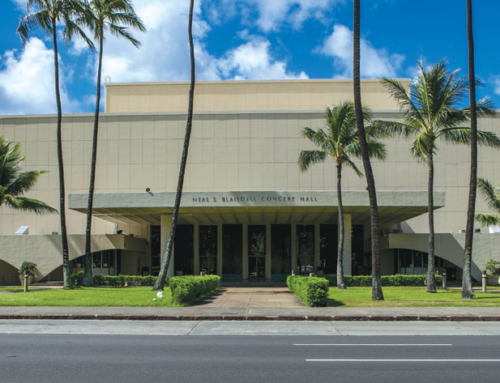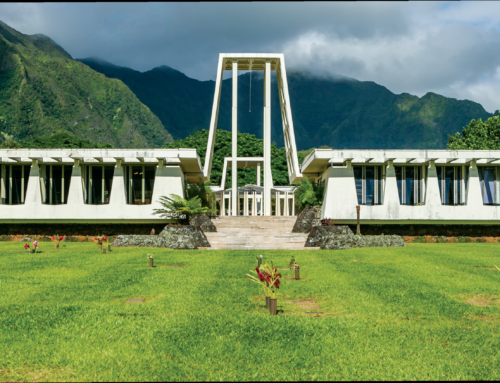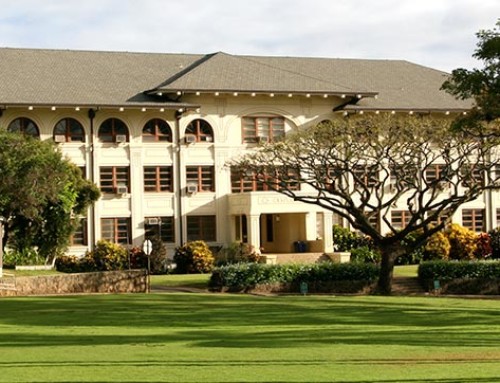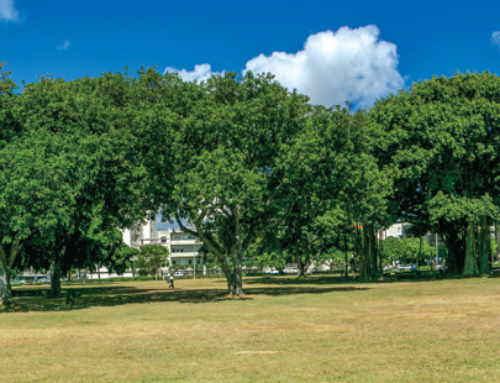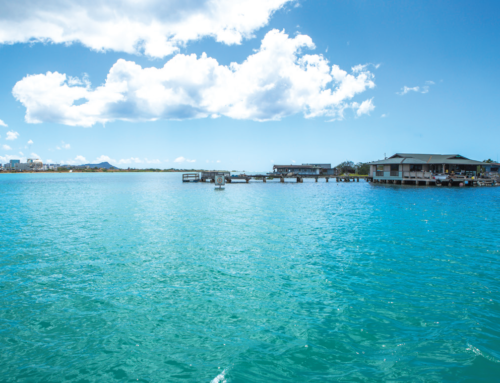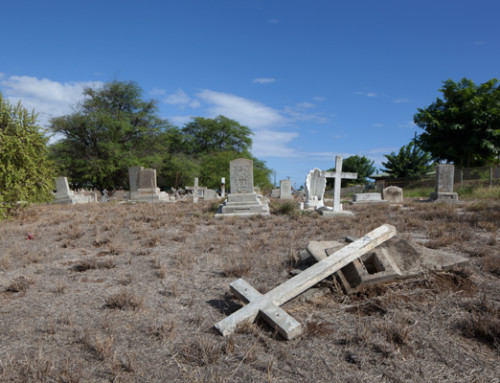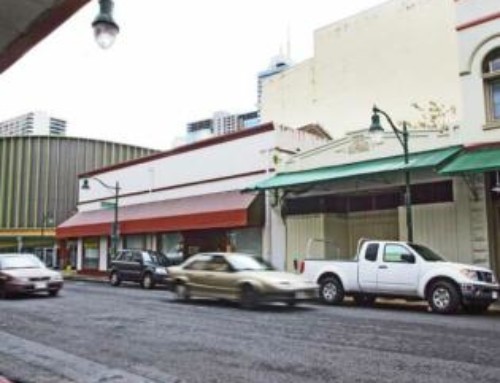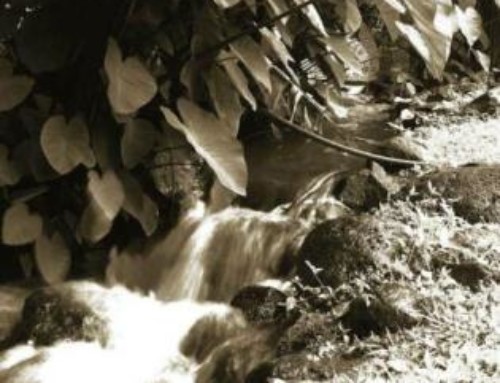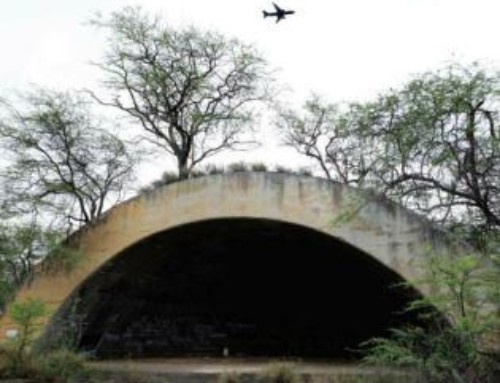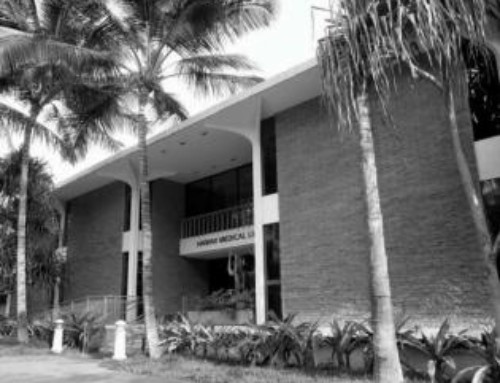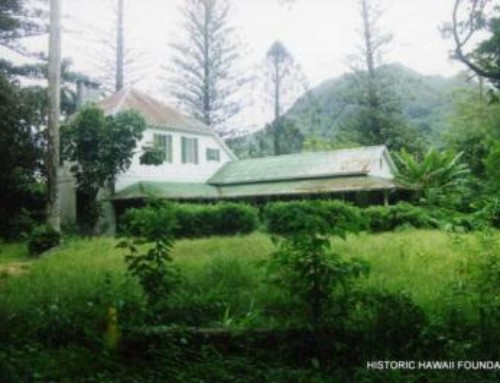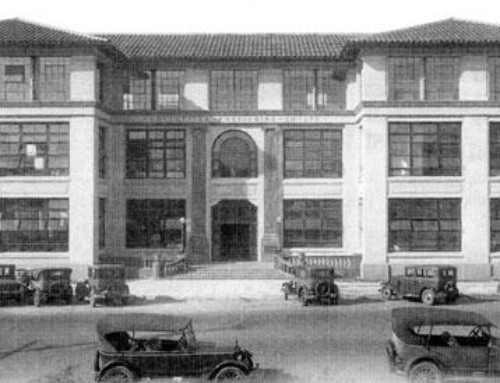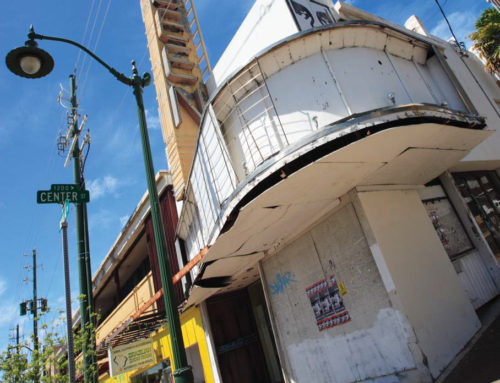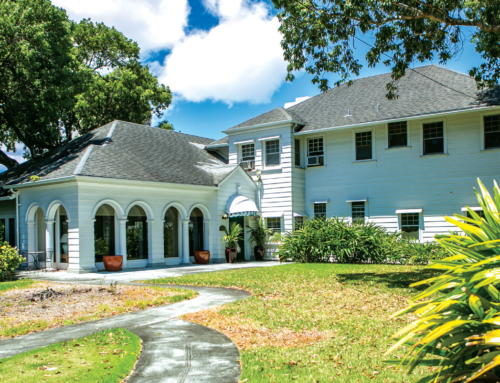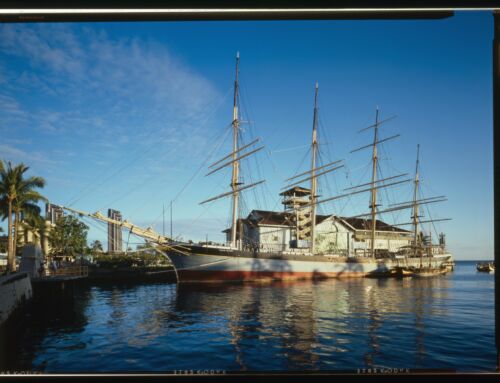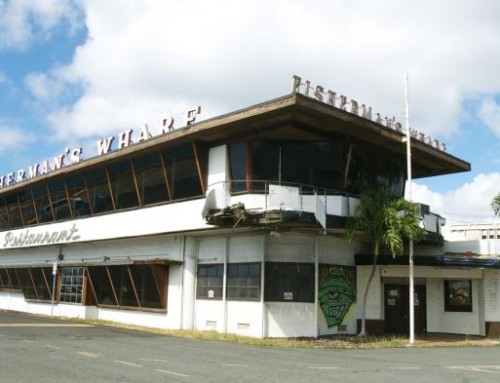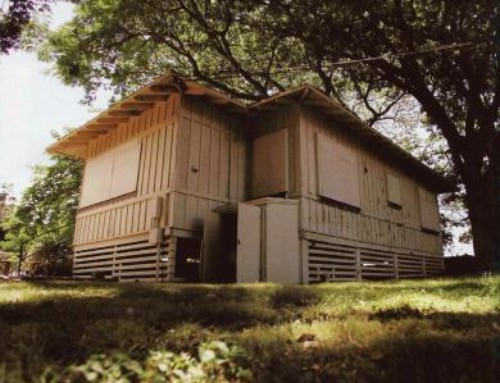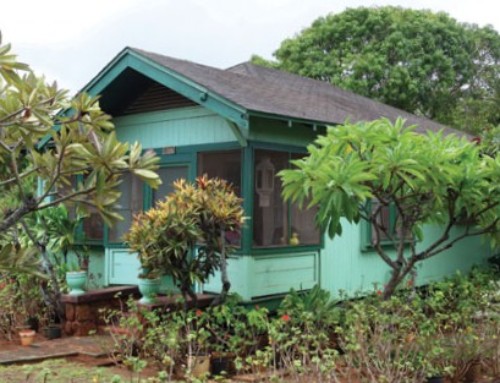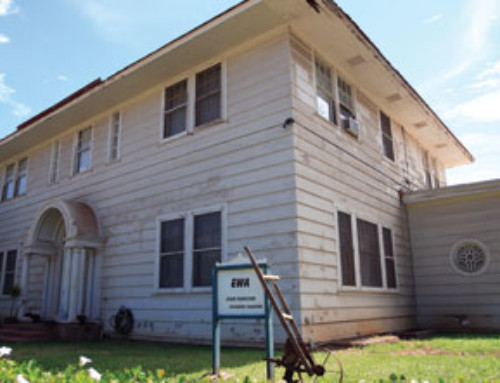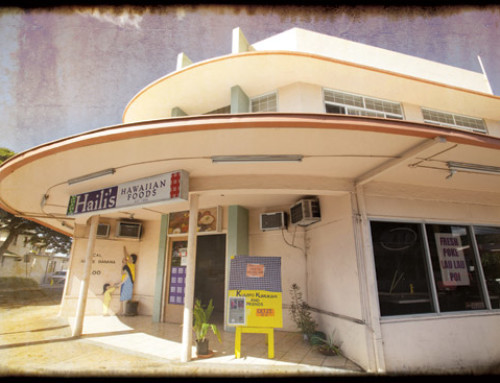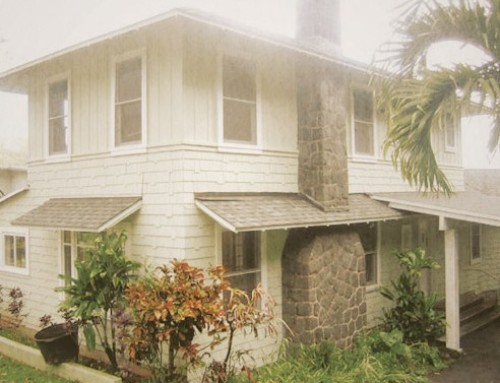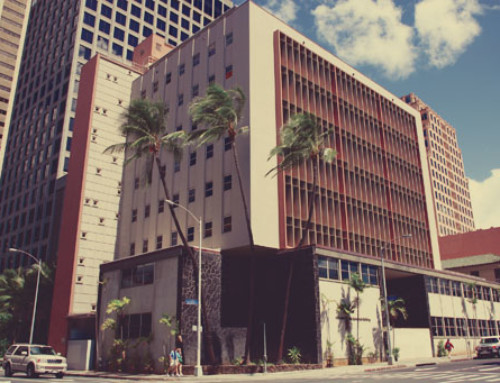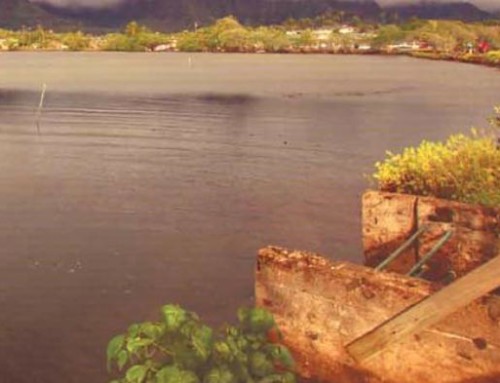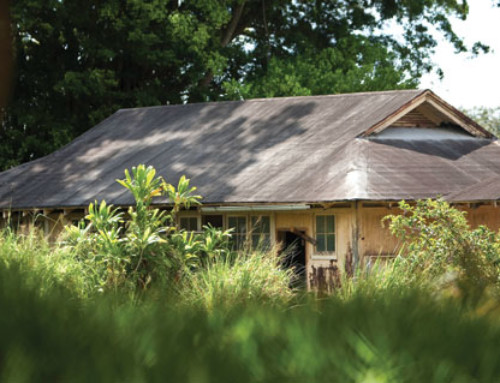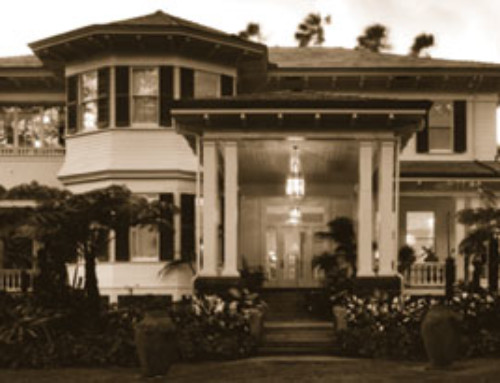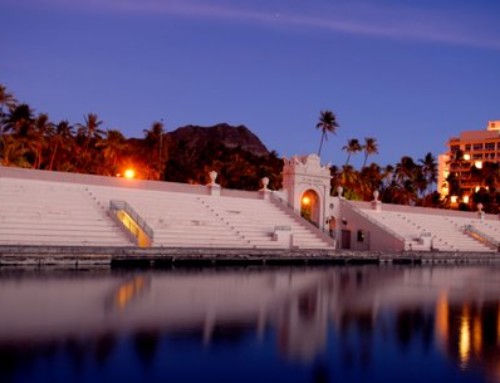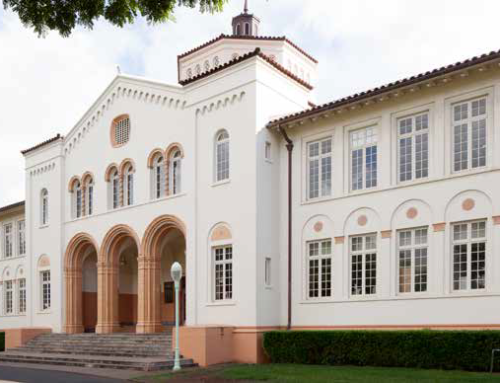Photos: Courtesy of Rae Huo
UPDATE: 2011
The DOE closed the school and stated that the facility would be re-purposed for DOE personnel.
What is it?
Lili‘uokalani Elementary in Kaimukī opened in 1912 and was personally dedicated by its namesake, Queen Lydia Lili‘uokalani. While the original administration building was torn down years ago, its cornerstone still exists, and is now located in the corner by the basketball court. The current administration and classroom buildings were all built within the last 50 years, says principal Dr. Raelene Chock. The school has about 130 students in kindergarten through fifth grade.
LISTED AS ENDANGERED IN 2010
Article Written By: Jenny Quill, HONOLULU Magazine
What threatens it?
In August, the Department of Education (DOE) released its consolidation study for the Kalani complex, which includes the Lili‘uokalani, Kāhala, Liholiho, Wai‘alae, Waikīkī, and Wilson schools. The study examined the benefits and drawbacks of shuttering Lili‘uokalani, noting that the savings from the school’s closure would be about $370,000, and that, with the exception of Wilson Elementary, all of the schools in the complex were under capacity (Lili‘uokalani was 115 students below capacity).
As we went to print, the Board of Education (BOE) was reviewing the DOE’s report, and a public hearing was tentatively planned for the end of October. Should the BOE vote in favor of consolidation, Lili‘uokalani’s students would likely be divided up between Liholiho and Wai‘alae schools. “In every community the neighborhood school is a special place for its people,” says Chock, “and the prospect of consolidating Lili‘uokalani Elementary School is emotional and even painful for many whose lives have been touched by the school.”
According to the BOE, the City and County of Honolulu owns the property and, should the school be consolidated, would determine the buildings’ fate. “Once we decide to close the school, we have no control over the property or what the future of the property would be,” says Alex de Silva, the BOE’s public affairs officer.
What can be done?
The DOE draft report mentions alternative uses of the buildings, including conversion to a facility for early childhood education programs or a charter school, should the school be consolidated, both of which are on the right track, says Faulkner. “I would recommend that
If you’re interested in voicing your opinion regarding the school’s potential consolidation, you can do so by submitting written testimony via the BOE’s website, www.hawaiiboe.net, or by e-mail, boe_hawaii@notes.k12.hi.us.


